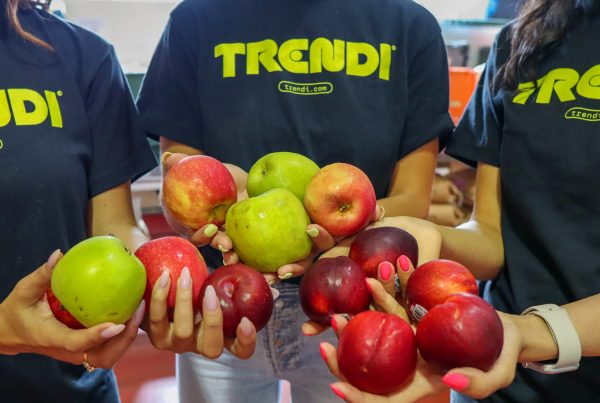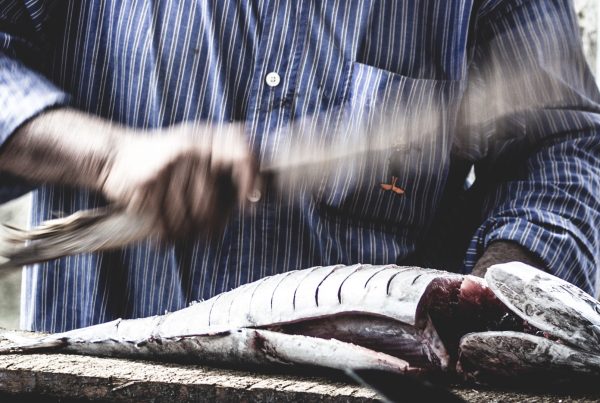From farm to the supermarket and eventually, into your refrigerator, our food has a long trek to keep it together before making its way into the mouths of our families. Especially if the farm is in Mexico and your home is in Canada. Time is a constant struggle to overcome in order to harvest, preserve, store, and distribute fresh food. Farmers and wholesalers have come up with strategies and methods to preserve food, but it is not enough because 25% of food is still lost after the harvesting stage just before it hits the market.
The supply chain has an enormous impact on whether our food gets eaten or thrown into the garbage, and timing has everything to do with it. By the time the food reaches the end of the food chain, there’s only so much the fridge can do to extend its lifespan. And, because the food is now so close to the end of its edible life, consumers end up tossing much of it away out of spoilage or concerns about spoiling. So while 17% of global food production is wasted, 11% is coming from our households.
So, is there any way to beat the clock? What are some of the critical loss points from the farm to the fork? And what are some of the preventative measures we can take/are being taken to rectify this situation? Let’s get into it:
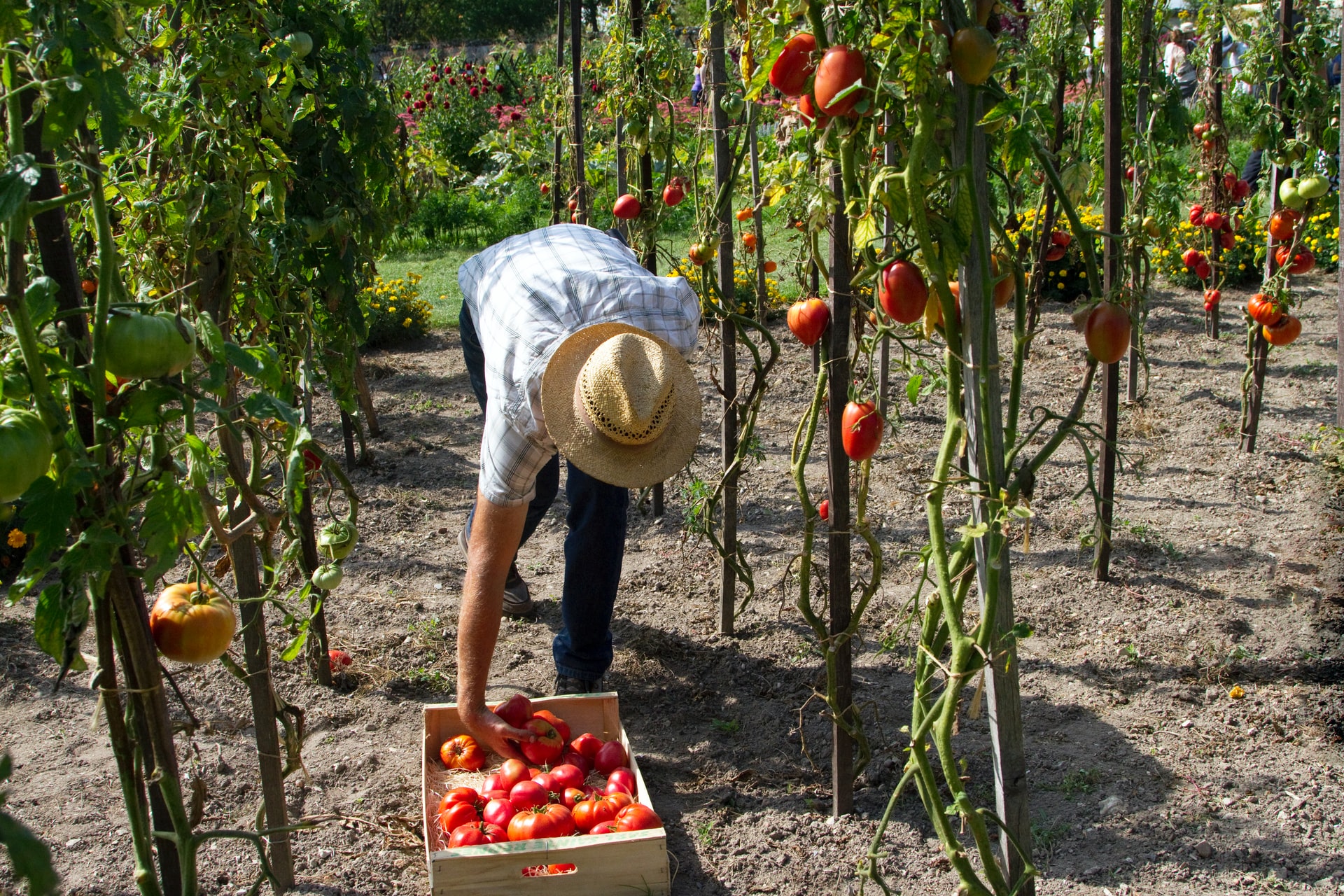
Food Harvesting Is Very Time Sensitive
The harvest stage is the most sensitive point for food loss – it’s a delicate balance of harvesting methods and timing (bugs and unpredictable weather aside). If the food isn’t properly cultivated at the right time, it is far more susceptible to spoilage and waste.
Premature harvesting exists during food shortages and during times of financial hardship for farmers. This affects the market value of the food as well as its nutritional value, resulting in inedible and wasted food.
On the other hand, premature harvest is also done intentionally to avoid spoilage during it’s time in transit. In fact, there are a handful of fruits and veggies that are able to hold off and ripen in their own time on your kitchen counter. Besides the almost fluorescent green banana bunches at your local grocer, here are a few other foods that possess the almighty ripening willpower:
- Avocados
- Peaches
- Plums
- Cantaloupes
- Blueberries
- Tomatoes
- Strawberries
- Pineapples
- Watermelon
- Apples
- Cherries
- Grapes
- Lemons
…just to name a few.
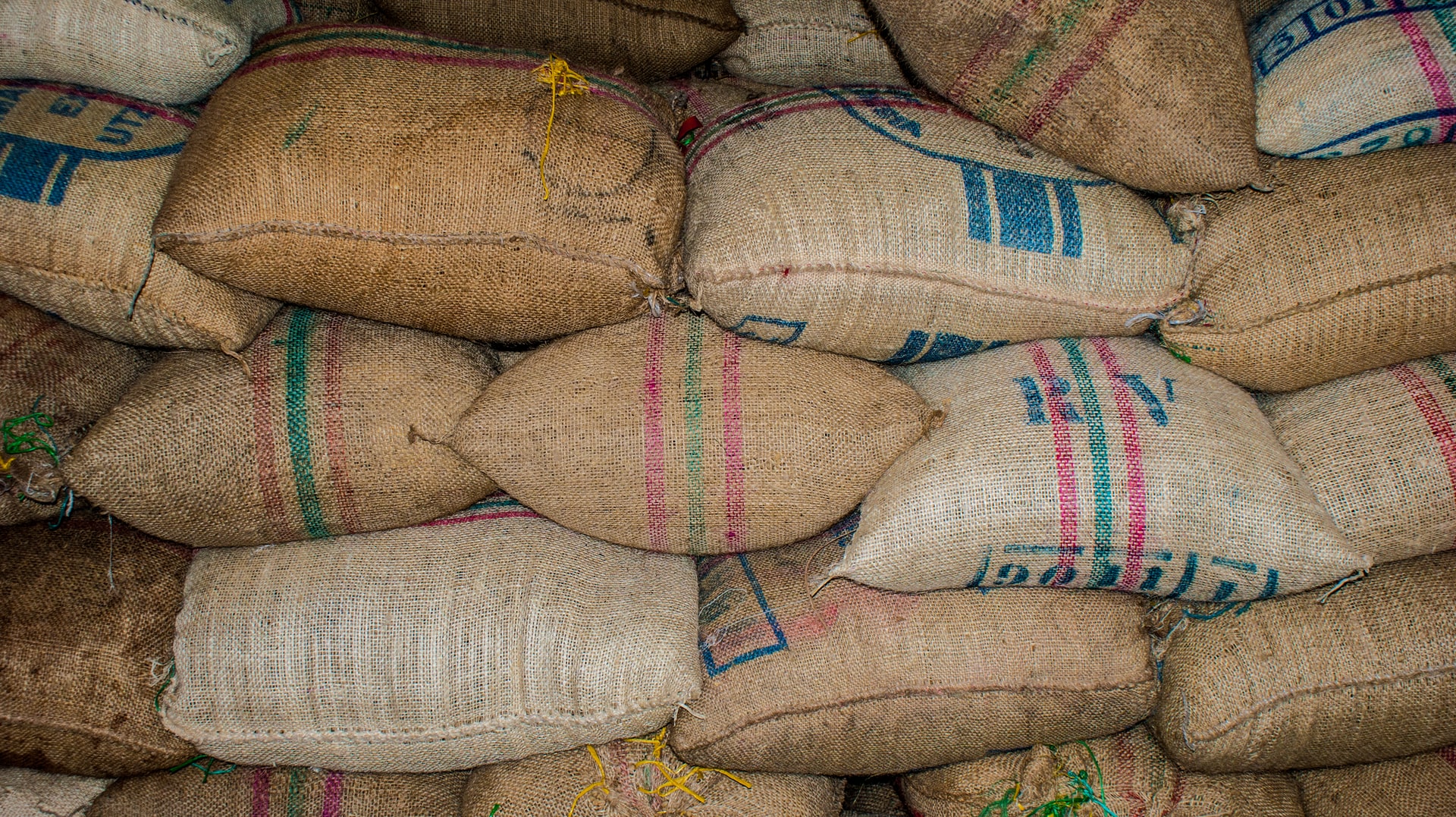
Storage & Handling Can Change The Ripening Timeline
Once fruits and vegetables are harvested there is a process of washing and storing, and if done improperly could risk the food quality entirely. This can lead to food ripening before its expected time, causing a spike in ethylene release, resulting in its neighbouring foods ripening on the same timeline.
Improper and rushed handling of foods can also cause damage and welcome in pathogens and lead to faster deterioration of crops. People may not realize it, but food damage loss occurs mainly in countries with a more advanced farming infrastructure. While the high and middle-income countries of Europe, North America, and Industrialised Asia have better farm machinery, they make up 58% of global harvest waste. So with no shortage of knowledge or resources, this problem can be fixed if the major players in the food system got together and decided to do something about it!
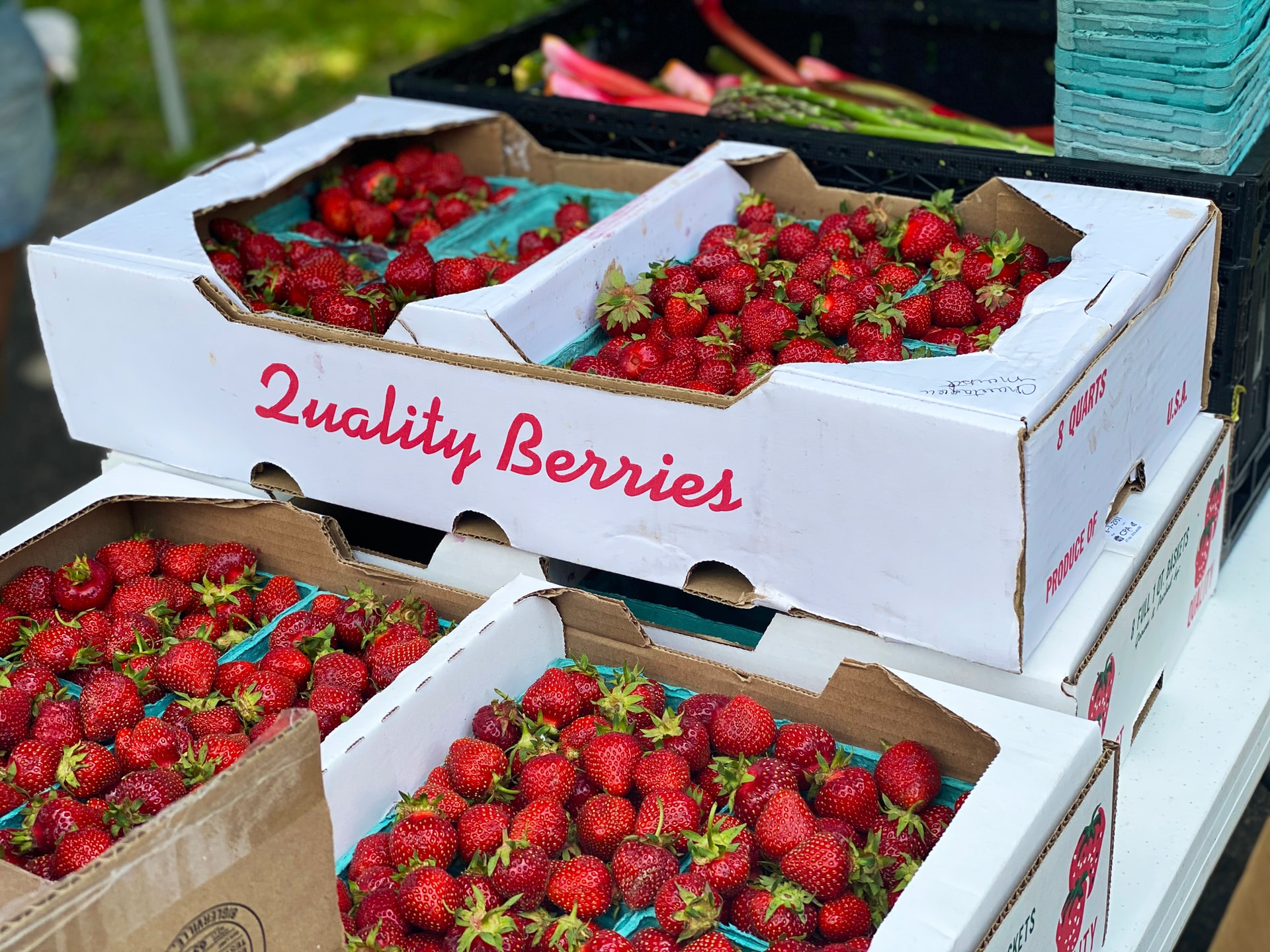
Distribution Is Crunch Time In The Food Chain
Once the food is prepped and polished, it’s ready to be distributed and transported both locally and globally. Getting the food from point A to point B in a timely manner via plane, train, and/or automobile puts perishable items at a higher risk of becoming damaged and ultimately lost on the commute.
Did you know, the majority of fruit and vegetables have a freshness window of 48-hours to get to their destined retailers? And if they don’t reach the wholesaler in time, the perfectly grown and polished food will go to waste and the battle against time will be lost.
Wholesalers want the food they buy to last as long as possible to ensure they are making a profit once the food is purchased by shoppers. If the food is distributed late and outside the 48 hour window, wholesalers take on the risk of food discoloration, textural degradation, microbial growth and bruising, problems that could prove costly.
Dry foods, however, have much longer shelf lives, and can last anywhere between 4 months to 1 year. Dry food lasting longer could be our ticket to stopping food from going to waste due to spoilage at the source and along the supply chain. This shows up in the landfills as fruits and vegetables making up 42% of yearly global food waste, and dry foods making up 22% which is still too much, but less overall than fruits and vegetables. It seems like the most nutritious food goes to waste the most.
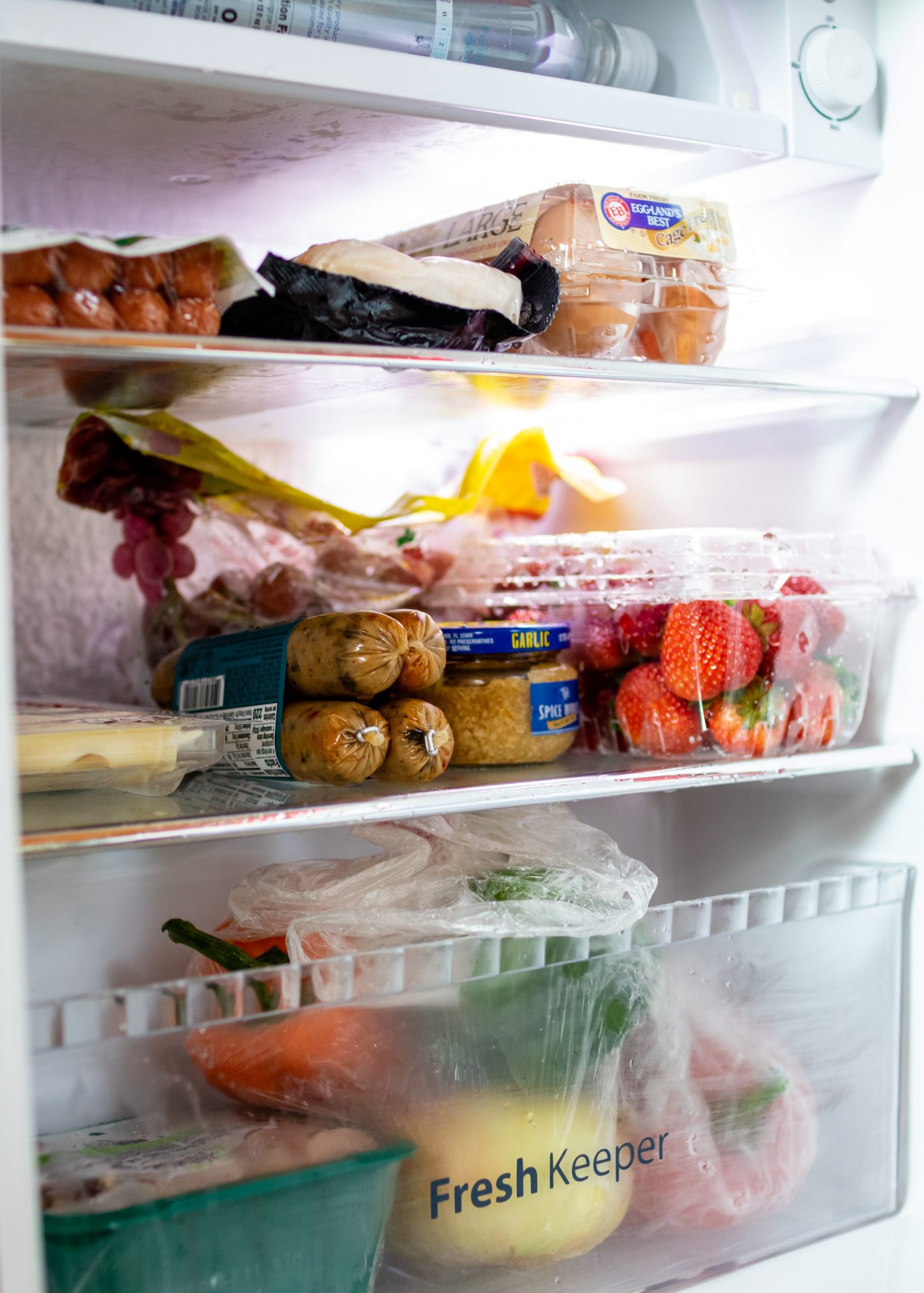
By The Time It Reaches The Fridge
Once food reaches its final destination, the risk of waste is even higher. About two-thirds of household food waste is due to food not being used before it goes bad. Shoppers love the feeling of a full fridge and pantry to keep their families well fed, but this may lead to overconsumption and unintentionally buying more food than is necessary.
When the food is brought home from the grocery store, it only has so much time left until it’s inedible. With a wide range of busy lifestyles and varying schedules in a single household, time slips away and it’s easy for the expiry date of food to go unnoticed.
What Can We Do Now?
But it doesn’t have to be this way. Consumers can do better, we can all do better. With more education, better behaviours and a more circular food culture, we get more food into more stomachs and less in landfills.
The farms can also be better. They did all that work and it shouldn’t be going to waste – they are taking the biggest risk in the food supply chain. If industry standards changed to be less cosmetically stringent, and more companies upcycled instead of wasted, we could see a huge difference.
No One Has Time For Food Waste
Spoiler alert (pun intended) we are running out of time to make the most out of what we have, to stop the damage caused by wasting almost half of what we produce. Now that we know, it’s time to do something.
There are options and ways to make the most out of food before it expires, to retain and distribute nutritious food to more people, instead of letting it go to waste. At Trendi we’re using tech to prove it! We are committed to putting an end to this problem, as we believe it’s an easy fix! Do you want to know more about our solution to extend the life of food and give us a fighting chance? We love to talk about change!
Article written by:
Erika Altomare, Copywriter
Erika is a passionate wellness, food, and lifestyle writer who appreciates the little things and always asks questions about the big ones.


